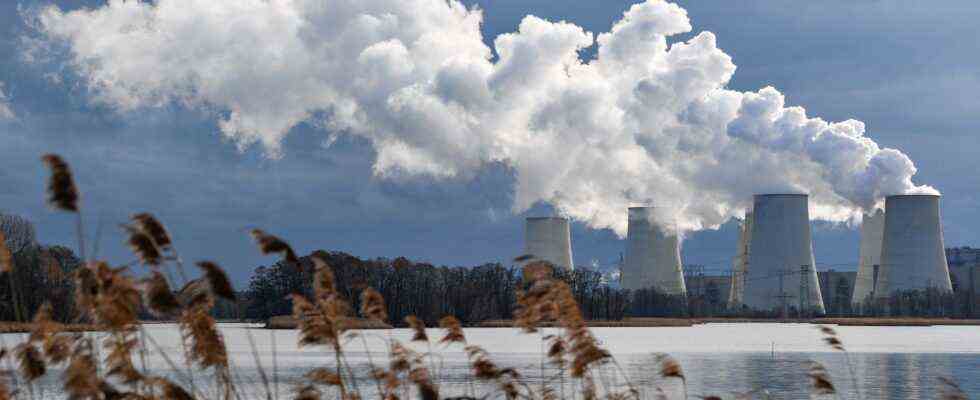Status: 25.10.2021 10:18 p.m.
According to the UN, the revised national climate plans of many countries are not sufficient to significantly slow down climate change. The greenhouse gas concentration in the atmosphere reached a new high in 2020.
Before the climate conference in Glasgow (COP26), plans to reduce greenhouse gases will not be enough, according to a UN report. Although numerous countries have renewed or improved their plans since a report in September, the trend is still going in the same direction, said the head of the UN climate secretariat Patricia Espinosa. “We’re not even where science says we should be,” said Espinosa.
Taken together, the plans submitted by all 192 participating states would result in an increase in global greenhouse gas emissions of around 16 percent by 2030 compared to 2010. According to experts, a global temperature increase of 2.7 degrees is foreseeable by the end of this century.
1.5 degree target wobbles
In Paris in 2015, more than 190 countries agreed on the goal of limiting global warming to well below two degrees – if possible to 1.5 degrees – compared to pre-industrial times. According to the United Nations, emissions would have to be reduced by 45 percent compared to 2010 in order to achieve the target.
Espinosa called on all participating States to significantly increase their efforts. “Missing temperature targets will lead to a destabilized world and endless suffering, especially among those who contributed least to greenhouse gas emissions in the Earth’s atmosphere,” she said.
More greenhouse gas than ever before
According to a report by the World Meteorological Organization (WMO), the concentration of greenhouse gases in the atmosphere even reached new highs last year. The increase compared to the previous year was even higher than the average increase in the past ten years, it said. In view of this development, the achievement of the climate protection goals of the Paris Agreement is considerably jeopardized, it said.
According to the WMO report, the corona pandemic does not result in a significant reduction in emissions. The economic downturn caused by the crisis only temporarily reduced new emissions, but had “no discernible effects” on the amount and increase of greenhouse gases in the atmosphere.
At the current rate of increase in greenhouse gas concentrations, the temperature increase at the end of the century will be well above the targets set in the Paris Agreement, said WMO General Secretary Petteri Taalas. “We are still far from the goal.”
WMO boss warns: “We have to rethink our way of life”
“Many countries are now setting themselves targets for carbon neutrality, and it is to be hoped that the commitments at COP26 will increase dramatically,” said Taalas, referring to the world climate conference in Glasgow. “We need to rethink industry, the energy sector, transport and our entire way of life.”
The world climate conference is now seen as crucial in setting international emissions targets to slow global warming. “The necessary changes are economically affordable and technically feasible,” explained Taalas. “We have no time to lose.”
Industrialized countries miss climate finance target
According to their own statements, the industrialized countries will only achieve their financial goal of supporting poorer countries in the fight against climate change three years later than planned. The promise provides for 100 billion US dollars (86 billion euros) per year from 2020 to 2025, which should flow from rich to poorer countries. “We will not yet reach this goal in 2022. But in 2023 we will achieve or even exceed this goal,” said State Secretary for the Environment Jochen Flasbarth at an online press conference. The background to the goal is that poorer countries, which themselves contribute the least to man-made climate change, are most affected by it.
They are confident that they will come close to the sum of 100 billion US dollars from private and public sources in 2022 and that they will be reached for the first time in 2023, as representatives from Germany, Canada and Great Britain jointly announced. In the two years thereafter, the sum is forecast to be above the threshold and reach up to 117 billion US dollars.
More CO2 greenhouse gas than ever before
Kathrin Hondl, ARD Geneva, 25.10.2021 4:33 p.m.

